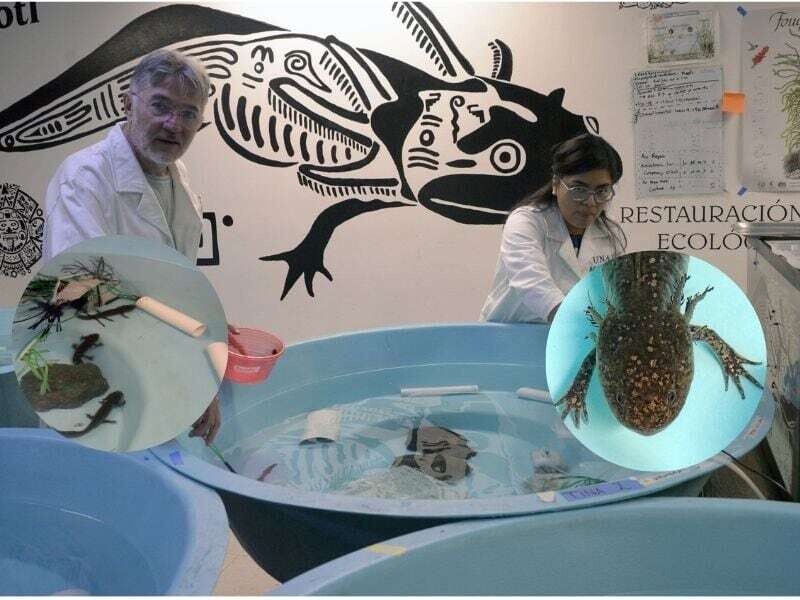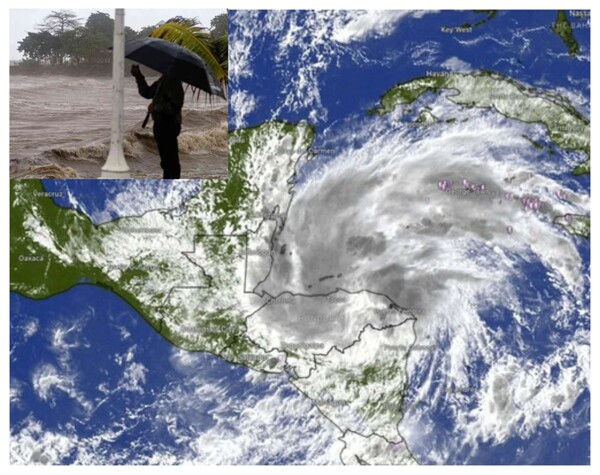
Researchers from the Institute of Biology (IB) of UNAM are conducting the first census of wild axolotls in Xochimilco in more than a decade. This species is considered endangered according to the International Union for Conservation of Nature. The last census conducted in 2014 recorded around thirty individuals per square kilometer. The objective of this new census is to assess the status of the axolotl population in this area of Mexico City.
The census is being carried out in several stages, the first of which took place from September to October 28. The results obtained will be fundamental to understanding the current situation of these animals in Xochimilco. Luis Zambrano González and Vania Anaid Mendoza Solís, who lead the project, explained the importance of verifying the existence of axolotls in their natural habitat and how this count will help combat misinformation.
In 1998, a census revealed a significant decrease in the axolotl population in Xochimilco, dropping from six thousand individuals per square kilometer to 36. Vania Anaid Mendoza pointed out that factors such as urban growth, water pollution, and the introduction of exotic species have affected these amphibians. In the current census, sites where axolotls were previously sighted are being reviewed, DNA samples are being collected, and water quality and biodiversity are being assessed.
In February of next year, the next stage of the census will take place, where the collected data will be analyzed in more detail. It is expected that by mid-year, the first results will be revealed, which will be reinforced with another census in 2026. To contribute to the preservation of axolotls, the IB has implemented the project "Chinampa-refuge!" in which chinamperos participate to create natural shelters for these animals and other native species.
Currently, these shelters represent only 0.5% of the area of the Xochimilco canals, so this coverage would need to be significantly expanded to ensure the health of the axolotl population in their natural environment. Thanks to these efforts, returns of species such as the Tláloc frog and native fish have been documented, thereby restoring ecological balance in the area. Additionally, on November 21, the third edition of the campaign "Adopt an axolotl" will be launched, where citizens can virtually support the maintenance of 130 animals available for adoption and will receive detailed information about their care and evolution.













